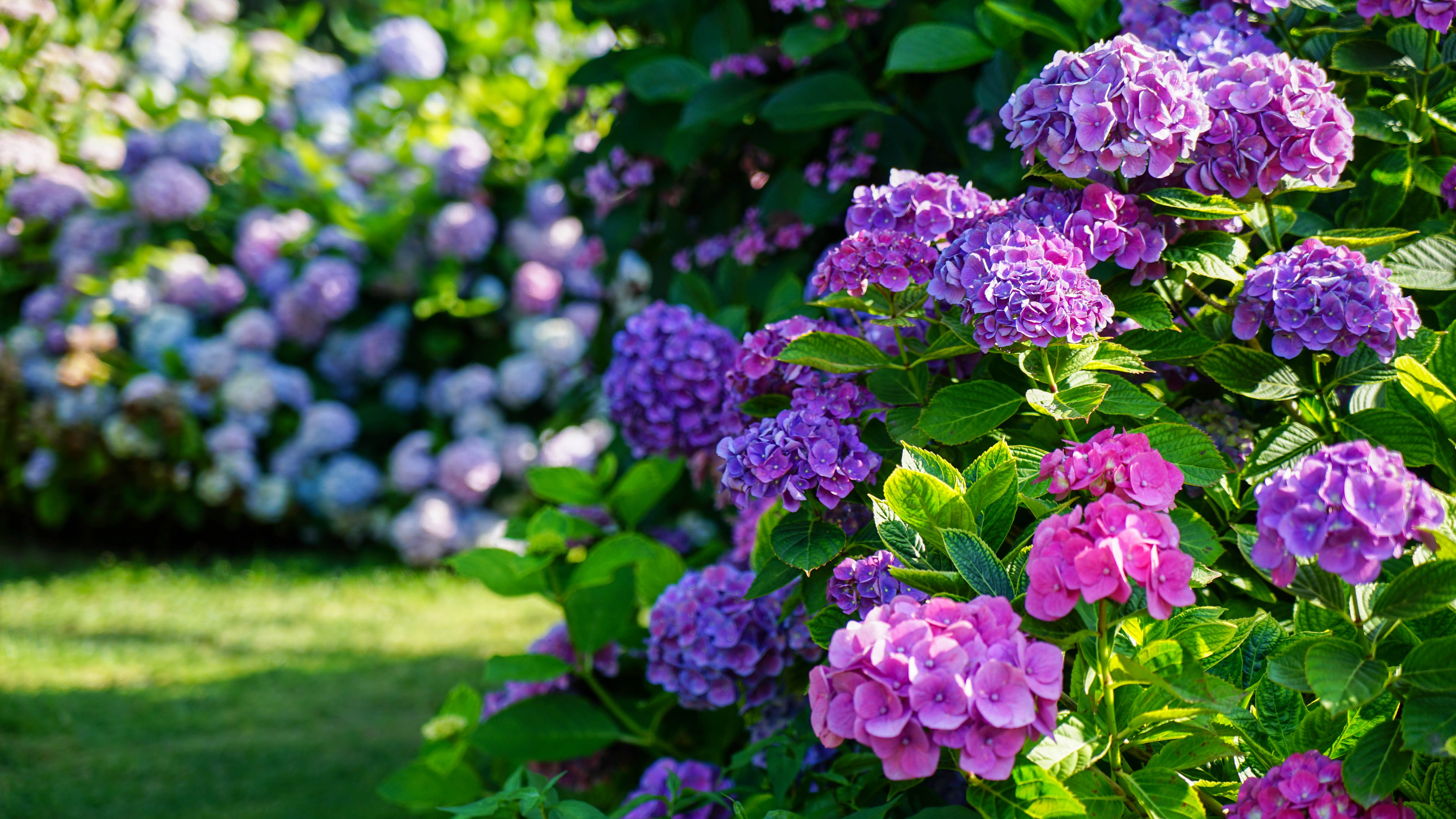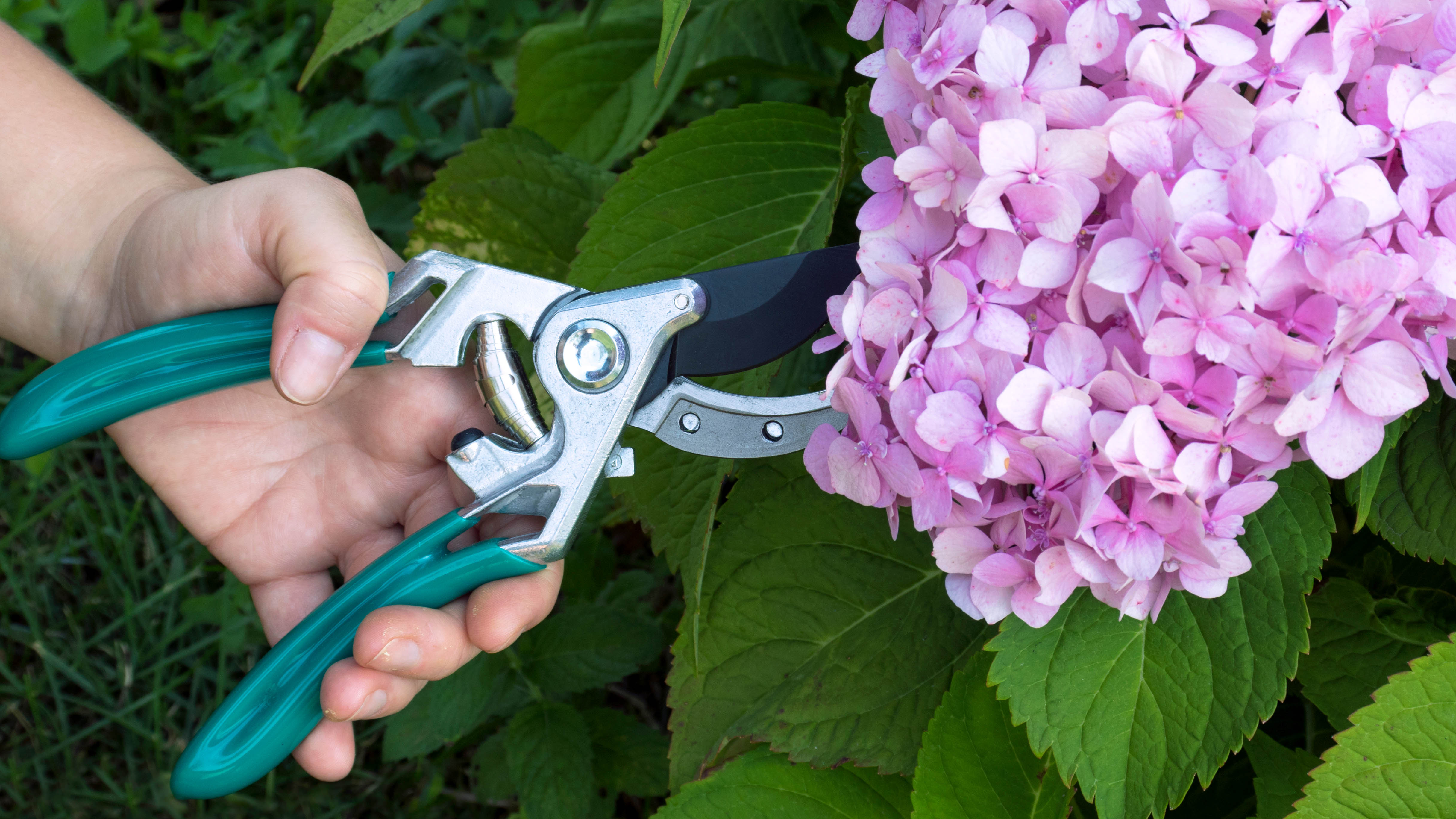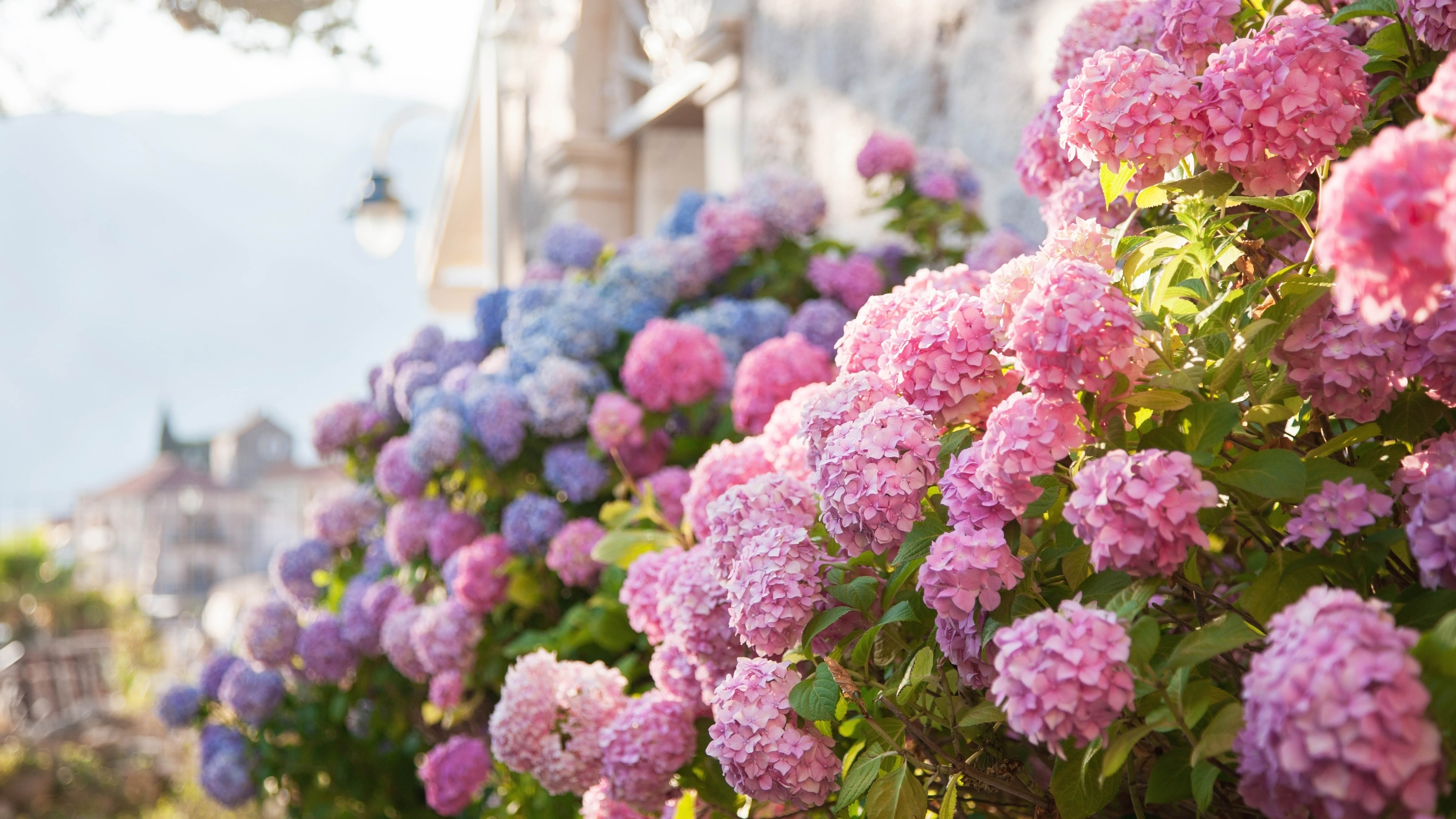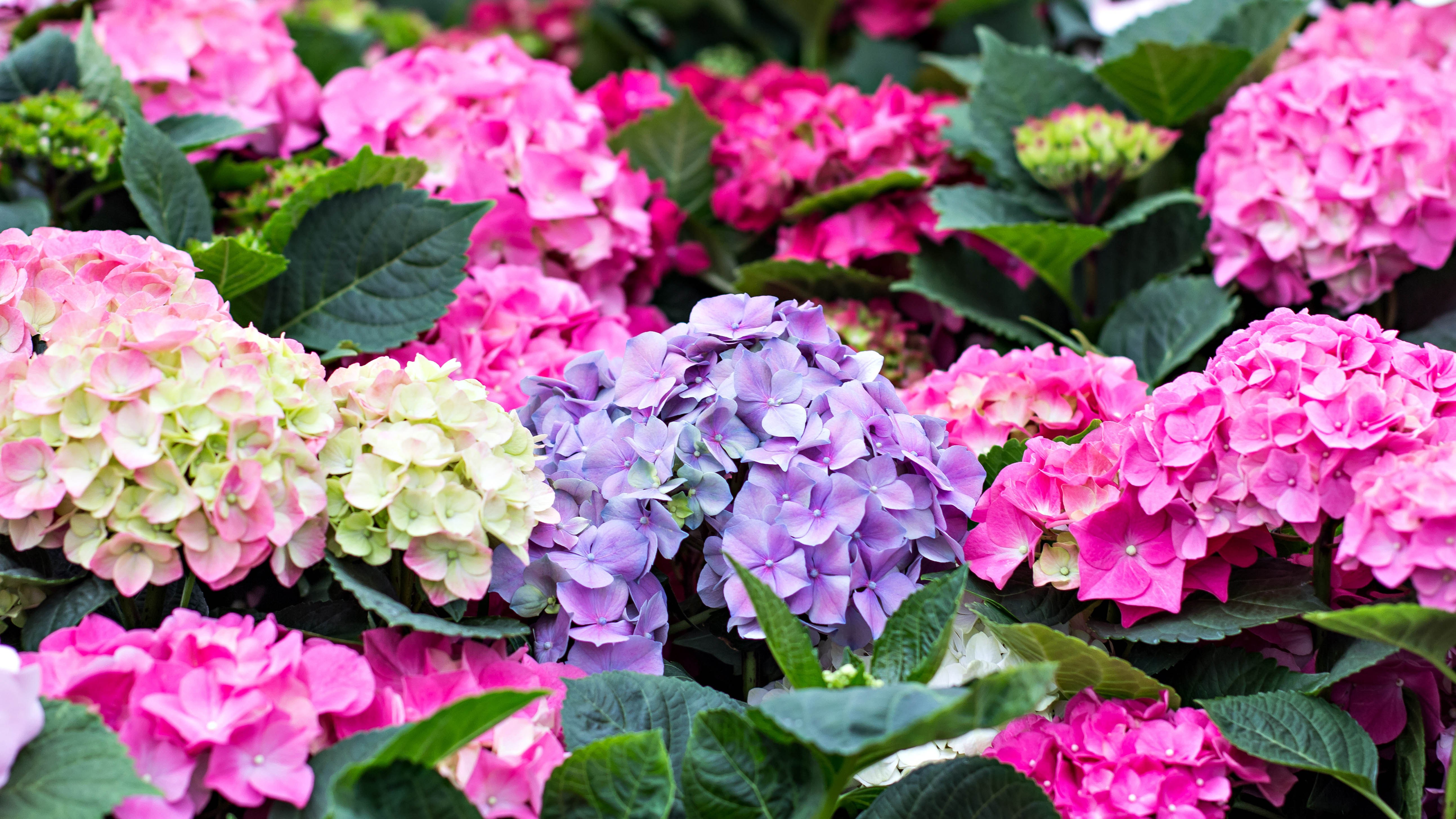5 mistakes to avoid when growing hydrangeas

Hydrangeas in a yard
(Image credit: Shutterstock)Hydrangeas are some of the prettiest and easiest of plants to grow in your yard. The flowers are literally bursting with color, and with blooms ranging from white, to pink, to purple, it can quickly become the centerpiece of your garden. In fact, they create a very similar effect as azaleas, which also have wonderful blooms. However, while these are versatile plants to say the least, mistakes can still be made — mistakes which can affect the overall health and success of your hydrangea.
If you’re keen to learn what errors to steer clear of, here we cover 5 mistakes to avoid when growing hydrangeas. We will consider several factors which may be harming your hydrangea as well as the best practices to follow instead. So you can get your hydrangea thriving and looking gorgeous in time for the summer. Not sure when to expect the first blooms? You might be interested in reading when do hydrangeas flower?
Have your roses seen better days? Be sure to check out how to prune roses for guidance here too. But, watch out for these 7 mistakes that are ruining your flower beds. And if you fancy a different look, discover how to change the color of hydrangeas?
1. Failing to prune

First, it’s essential that you learn how to prune hydrangeas and make time to do this. Without such care, your hydrangea will quickly overgrow and become untidy. Pruning is beneficial for your hydrangea’s health — it encourages fresh growth as well as new flowers. Plus, you can train it to grow into the shape you desire. That’s why you must pick up a pair of the best pruning shears and get to work when required.
The best pruning method will vary depending on the type of hydrangea you have. However, for mophead and lacecap varieties, you should remove any spent flowerheads, cutting back to just above the fresh buds. Then, remove any thin or weak stems as close to the base as possible as well as those that have died or show signs of disease. This will promote fresh growth and improve air circulation for the plant. You can cut back as far as you need if you want to start over, but you may deter fresh blooms until the following year.
2. Too much light or shade

While they are easy to grow, hydrangeas still have preferences when it comes to light and shade. Get the placement wrong and your plant simply won't grow as successfully as it could — the growth may be deterred or it may show signs of damage from prolonged sun exposure.
Most varieties of hydrangea prefer direct sunlight first thing in the morning. It’s less intense compared to full afternoon sun, and it’s less likely to scorch the leaves. Partial shade during the afternoon would be ideal to follow. Keep in mind that direct sun in the mornings is best practice to encourage growth, so don’t keep your hydrangeas shaded all day. This is why you should avoid placing your hydrangea under a tree — it won’t receive the best levels of light. Add to that, the two will end up competing for nutrients in the soil, which will deter growth.
Always be sure to double check your variety of hydrangea before placing it; some are more sun tolerant than others.
Get instant access to breaking news, the hottest reviews, great deals and helpful tips.
3. Too much or too little water

It can be difficult to achieve the correct balance of water for any plant. Too much and you drown the roots and encourage root rot, while too little dries out the plant, eventually killing it. Every plant will have its own watering needs, with some requiring more than others. Hydrangeas grow in well-draining soil, and usually spend a proportion of their day in the sun, so consistent and regular watering is best.
Depending on the weather conditions, we recommend watering hydrangeas three times a week during the growing season. Be sure to water the roots slowly and deeply with each application, while avoiding the flowers and leaves — you want the soil to be moist, but not overly-saturated. Less watering is usually required in the spring and fall compared to the summer. But, you can always check the conditions by feeling the top inch of the soil with your finger; if it’s bone dry, your hydrangea needs watering.
Depending on where you live, your hydrangeas may not require water at all throughout the winter, once dormant. Snow and rain may be enough moisture to see it through to the spring. Although, if you’re facing a dry winter, infrequent watering may be needed.
4. Too much fertilizer

We all want the best growth from our plants, so it’s only natural that we reach for the fertilizer at every chance we get. But the fact is you can have too much of a good thing, and fertilizer is no exception. Fertilizer encourages growth by supplementing nutrients into the soil. The trouble is, if you overdo the fertilizer, it can lead to fertilizer burn and slow bloom growth.
Chemical fertilizers can lead to fertilizer burn when over-applied — plants can yellow and brown in color as well as wilt to show evidence of this. This is usually a consequence of excess nitrogen. For dedicated fertilizers, such as Miracle-Gro Performance Organics Blooms Plant Nutrition Granules ($18.98, Amazon), make sure you follow the instructions exactly for distribution and re-application.
This means applying it evenly on the soil outside of the circumference where the branches reach — not focused around the base of the plant. A slow-release fertilizer, or a natural alternative may be better for your hydrangea. The latter can help you steer clear of fertilizer burn. For instance, manure and compost can both work well.
5. Inadequate soil

Make sure your hydrangea is growing in the best soil possible as well. You can tick every other box when it comes to caring for your hydrangea, but if the soil is inadequate, it will struggle. Hydrangeas prefer a loam soil which is well-draining and full of nutrients. To check the conditions of your soil, use a soil test kit, such as the MySoil Soil Test Kit ($29.99, Amazon). If the soil is lacking in any respect, make the necessary adjustments.
It might also interest you to know that the pH of the soil can affect the bloom color for some hydrangea varieties. When the soil is more acidic, such as below 6, the flowers will turn blue, while a pH which is more alkaline, e.g. above 7, will promote pink flowers. If you want to encourage purple blooms, or a mix of pink and blue flowers, the pH will need to be slightly acidic — ideally from 5.5 to 6.5. So you can adjust the pH of the soil if you want for different tones, although keep in mind that this can affect neighboring plants. White hydrangeas won't change color, but some mophead and lacecap varieties can.
More from Tom's Guide

Katie Mortram used to be a Homes Editor for Tom's Guide, where she oversaw everything from kitchen appliances to gardening tools, as well as smart home tech. Specializing in providing expert advice for cleaning and home manintenance, she now works as Household Advice Editor for Good Housekeeping.
